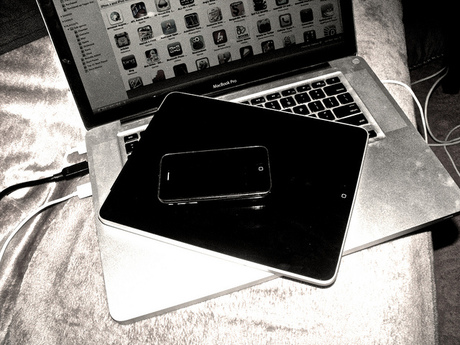Lowering the mobile total cost of ownership
By Brian Reed, Chief Mobility Evangelist, Good Technology
Thursday, 05 February, 2015

According to Telsyte, 84% of Australian organisations have ICT and processes in place for people to become mobile workers, so it is no surprise that the consideration given to mobility has increased significantly. We now evaluate at length what devices we should buy, what apps we should deploy, what security policies we should adopt and how we can prevent the risk of data leakage.
While all of these are important to consider, the question is, are we thinking about what mobility actually costs?
In recent years, plenty of organisations have adopted policies around BYOD to try to keep costs in check. They have evaluated stipends for mobile service or negotiated deals with the carriers. They have tried to decide if the BYOD trade-off is worthwhile and have then used their decisions to manage device costs. It would be only logical to think that organisations have at least assessed their costs, even if they do not yet have them fully under control.
What you don’t see
There is one problem with this logic. Carrier costs and device costs make up only about half of the total cost of running a mobile device. The true mobile cost of ownership (MCO) for a user is much higher.
The MCO includes costs very few organisations measure, such as service desk support costs, IT operations labour and lost end-user productivity. It even includes indirect costs such as additional training and new Wi-Fi or VPN hardware to support the growing user population.
If you don’t take these into consideration, how can you claim to have contained your MCO?
Let’s take a simple example: You have a help desk and operations staff. You measure how many tickets result in escalation, the mean time to resolution, outage duration, etc. Do you break it down to see what those metrics look like for mobile issues specifically? Not just your mobile device management (MDM) or a single app, but across all mobile apps and services. Most do not.
For example, according to recent research from Gartner, 42% of organisations don’t know what percentage of help-desk calls are attributable to mobility. That which you cannot measure, you cannot manage, and most organisations simply aren’t tracking key costs.
There’s absolutely nothing wrong with BYOD and trying to limit device hardware costs. It is both helpful and prudent for many organisations. However, the support and operations costs associated with devices are over twice as large as hardware costs.
If you focus on the device alone, you will risk not seeing the forest for the trees.
Identifying your mobile total cost of ownership
Our recent research found that two-thirds of organisations underestimate their MCO. Therefore, there is huge scope for organisations to get a handle on all the elements of MCO so they can start having greater control over costs.
There are simple online tools available that can help organisations to identify their own cost drivers. By using an MCO analyser, for example, you can actually enter in the values you are tracking while utilising industry benchmarks for other cost elements. You can then see how your organisation compares to your peers and even get a customised report benchmarking your MCO against other firms and offering recommendations for improvement.
While online calculators of this type may not solve all enterprise mobility issues, they are certainly a big step in the right direction for organisations when it comes to assessing mobility costs and becoming more profitable. So when planning your mobility strategy, make sure you take the total, or the true, cost of ownership into consideration and don’t get caught out.
IoT demands alternatives as 3G sunset looms
The impending 3G shutdown is a daunting prospect for organisations across ANZ that rely on...
Broadband measurement shows online gaming stacks up
The ACCC's latest Measuring Broadband Australia report has found that consumer connections to...
BlackBerry stopping one cyber attack per minute
A new report from BlackBerry's Threat Research and Intelligence team highlights the...




